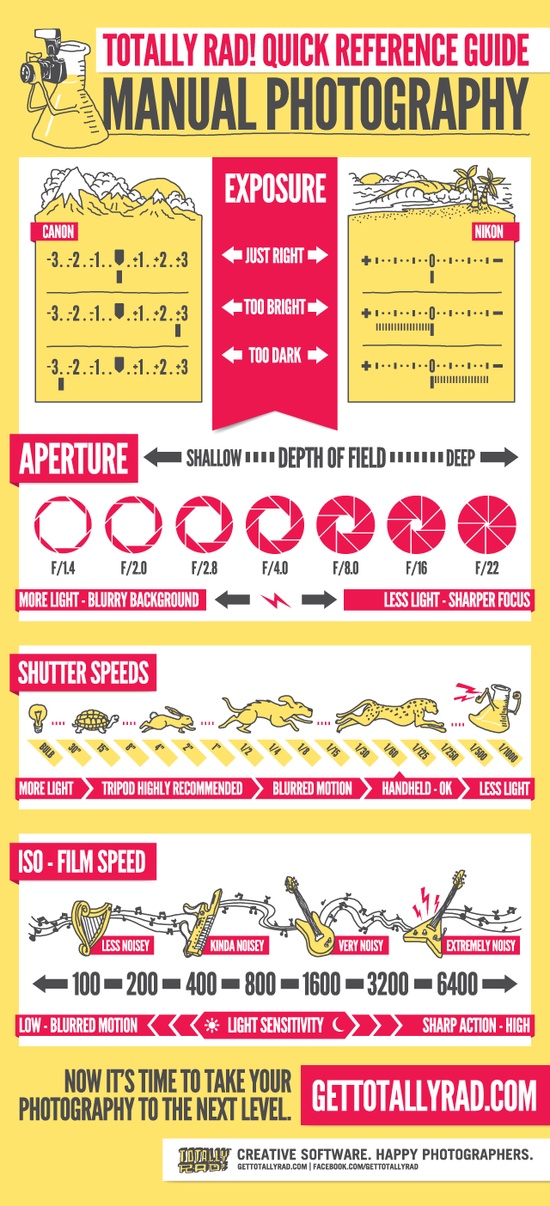Digital Photography Tips For Beginners: Mastering Your Camera In A Snap
Digital Photography Tips For Beginners: Mastering Your Camera In A Snap
Blog Article
Short Article Author-Weber Turan
When you first get your camera, it can feel frustrating with all the setups and choices readily available. You might find yourself asking yourself how to navigate aperture, shutter rate, and ISO properly. Understanding these principles is essential, however there's more to photography than simply technical knowledge. Recognizing structure techniques and illumination problems can elevate your images dramatically. So, what happens if you could discover straightforward techniques to enhance your skills and begin catching impressive photos faster than you believe? Allow's discover exactly how to transform your digital photography journey.
Recognizing Camera Settings
Understanding your camera setups is vital for recording spectacular pictures. When you pick up your electronic camera, familiarize on your own with the three major settings: aperture, shutter speed, and ISO. Each plays an important role in just how your images turn out.
Begin with aperture, which controls the amount of light getting in the lens. A bigger aperture (reduced f-number) allows more light and creates a beautiful history blur, perfect for pictures. Conversely, a narrower aperture (higher f-number) keeps even more of the scene in focus, suitable for landscapes.
Next, focus on shutter rate. This setting establishes how long your camera's sensor is subjected to light. A quick shutter speed freezes movement, which is terrific for activity shots, while a slow shutter rate can develop magnificent results like smooth water in landscapes.
Last but not least, change your ISO. This setting impacts your camera's level of sensitivity to light. A higher ISO works in low-light circumstances but can present sound or grain. Aim for the lowest ISO possible while still attaining correct exposure.
Structure Techniques
When you're out shooting, make-up can make all the distinction in how your images reverberate with visitors. Beginning by using the policy of thirds; visualize your structure divided right into nine equal sections with 2 horizontal and 2 vertical lines. Placement crucial elements along these lines or at their crossways to develop balance and rate of interest.
Next off, take into consideration leading lines. These all-natural lines in your scene, like roads or rivers, draw the visitor's eye into the picture, assisting them via the tale you're informing.
Don't forget about mounting; use aspects within your scene, like trees or home windows, to develop a frame around your topic, including depth and focus.
Likewise, watch on your history. A cluttered background can sidetrack from your primary subject, while an easy one aids it stand out.
Last but not least, try out balance and patterns; they can create a striking photo that captures focus.
Mastering Lighting Conditions
Understanding lighting conditions is essential for catching spectacular photographs, as the best light can transform a common scene into something amazing.
Beginning by observing all-natural light at various times of the day. Early mornings and late afternoons use the most effective light, called the golden hour. The soft, cozy tones throughout these times can enhance your pictures magnificently.
Do not avoid overcast days either; diffused light can lessen harsh shadows and produce a pleasing impact, particularly for portraits.
Try out Website photographer by placing your topic versus the source of light. https://www.westword.com/arts/photographer-stephanie-saujon-is-using-virtual-photoshoots-to-keep-her-business-alive-11689875 can create a wonderful halo effect and include deepness to your photos.
Take note of your camera settings as well. Change the ISO, aperture, and shutter rate to match the lighting problems. A higher ISO can aid in low light, but be cautious of grain.
Use a tripod in darker environments to avoid blur.
Finally, don't fail to remember fabricated illumination. Flash and continuous lights can be excellent devices for managing light in difficult conditions.
Verdict
In conclusion, mastering your camera does not need to be frustrating. By comprehending your setups, applying make-up strategies, and taking advantage of the power of all-natural light, you'll promptly elevate your digital photography skills. Keep in mind, exercise makes perfect, so venture out there and experiment with your newfound understanding. With time and commitment, you'll be catching stunning photos that mirror your unique point of view. Take pleasure in the journey, and do not forget to enjoy while you go to it!
